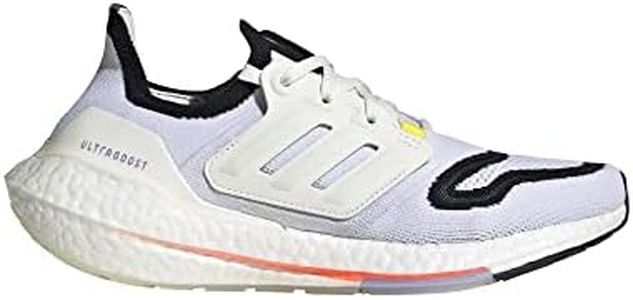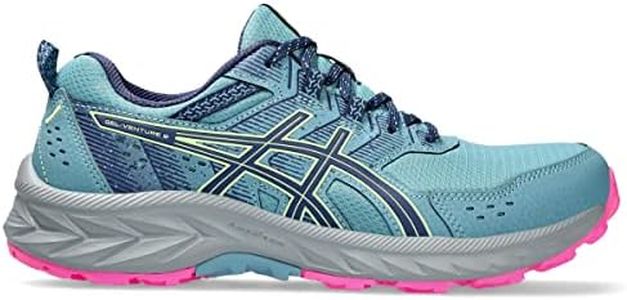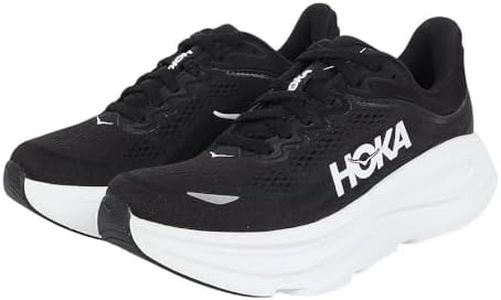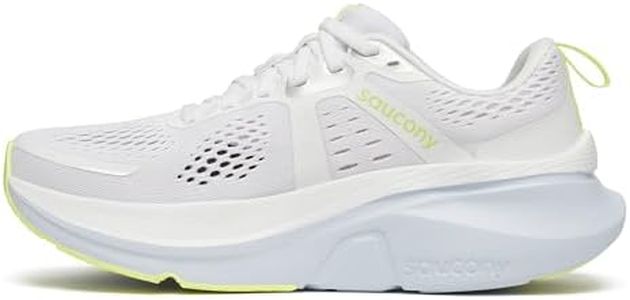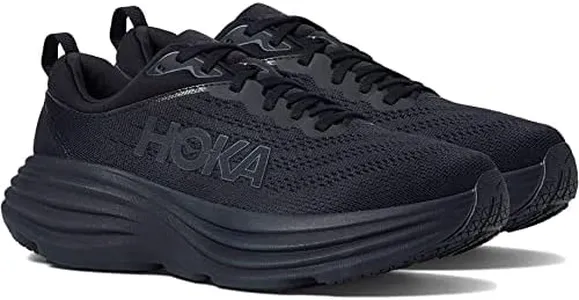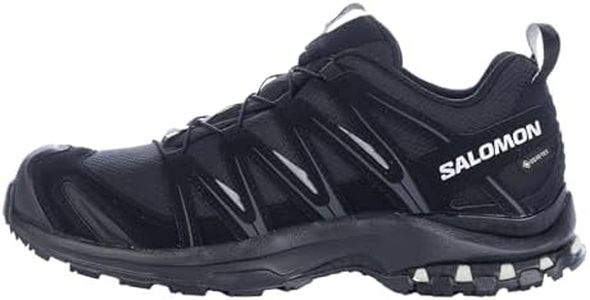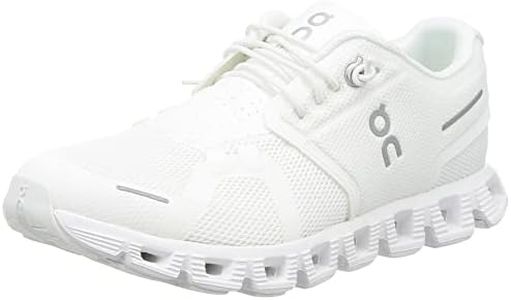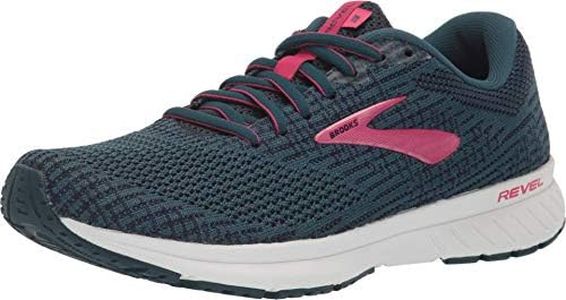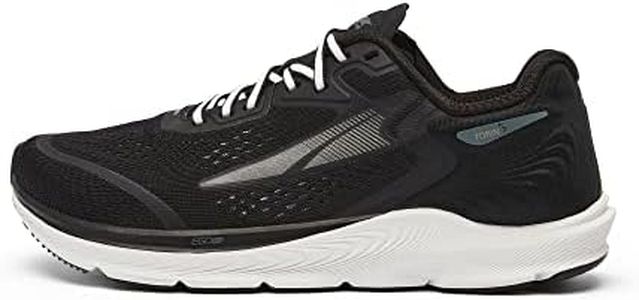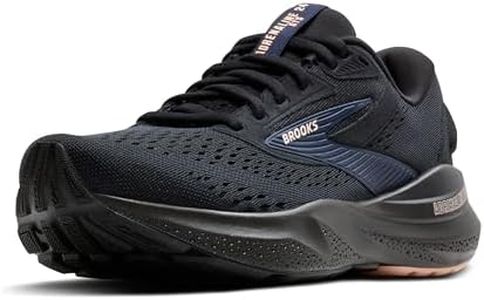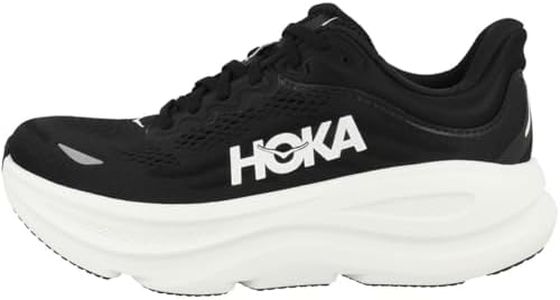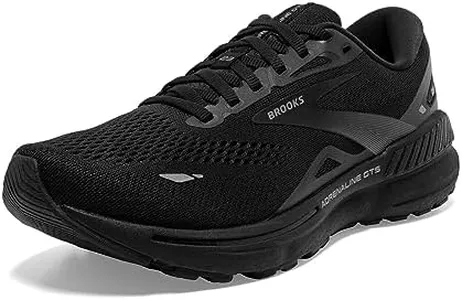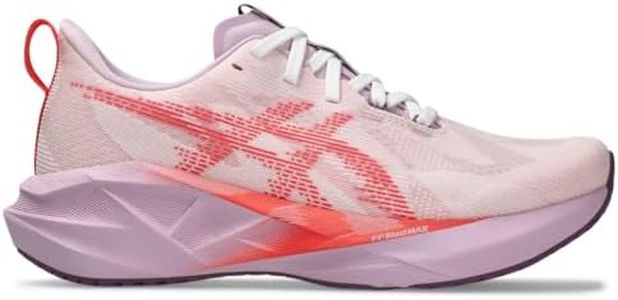We Use CookiesWe use cookies to enhance the security, performance,
functionality and for analytical and promotional activities. By continuing to browse this site you
are agreeing to our privacy policy
10 Best Womens Long Distance Running Shoes
From leading brands and best sellers available on the web.Buying Guide for the Best Womens Long Distance Running Shoes
Choosing the right women's long-distance running shoes is crucial for comfort, injury prevention, and performance during your runs. The ideal shoes should match your foot type, training routine, and personal preferences. With so many options available, understanding the key features can help you select a pair that fits your needs and supports your running goals.CushioningCushioning refers to the amount of padding in the sole of the shoe, which absorbs impact as you run. It's important because long-distance running involves repetitive motion and pressure on your feet, joints, and legs. Shoes with more cushioning typically provide extra comfort and shock absorption, ideal for runners who prefer a softer feel or run on hard surfaces. On the other hand, less cushioning, or a more minimal shoe, can offer greater ground feel and responsiveness. If you're new to long distances, have a history of joint pain, or prioritize comfort, lean towards medium to high cushioning. Experienced runners who want a lighter shoe and more natural movement might choose lower cushioning. Always try the shoes and consider your own comfort preference.
Heel-to-Toe DropThe heel-to-toe drop is the difference in height between the heel and the forefoot of the shoe. This matters because it influences how your foot strikes the ground. Higher drops (over 8 mm) encourage heel-striking, while lower drops (0-6 mm) promote a more natural or midfoot/forefoot strike. If you’re used to traditional running shoes or tend to land on your heel, a higher drop might feel best. If you prefer a more barefoot-like running style or want to try a midfoot strike, look for lower drop shoes. Transition gradually if you’re switching styles, and pick a drop that matches your stride and reduces discomfort.
WeightThe weight of running shoes determines how heavy they feel on your feet during long distances. Lighter shoes reduce fatigue and make it easier to keep up your pace, but sometimes sacrifice cushioning or durability. Heavier shoes often offer more support and protection, which can be important for runners prone to injury or carrying a bit more weight. If speed is your priority or you do races, a lighter shoe can be helpful. For daily training, especially if you’re running on rough terrain or prefer stability, a slightly heavier shoe might be better. Always balance weight with the level of comfort and support you need.
Arch SupportArch support refers to how much the shoe supports the arch of your foot. This is important because different people have flat, neutral, or high arches, and improper support can lead to discomfort or injury over long distances. Shoes for flat feet usually offer more structured support to prevent overpronation, while those with high arches need shoes that provide good cushioning and flexibility. To pick the right arch support, identify your foot type (many stores can help with this), then try shoes made for your arch type to find the best comfort level.
Fit and SizingGetting the right fit and size ensures your feet have enough room to move and swell during long runs without sliding or rubbing. This reduces the risk of blisters, black toenails, and discomfort. Long-distance runners usually benefit from shoes that fit snugly at the heel and midfoot, but leave some extra space (about a thumb’s width) at the toe box. When choosing, try shoes on both feet at the end of the day (when feet are slightly swollen) and wear your typical running socks.
BreathabilityBreathability describes how well the shoe allows air to circulate, helping keep your feet cool and dry. Long runs can cause sweaty feet, which may lead to blisters or irritation if moisture builds up. Shoes made with mesh or lightweight materials are generally more breathable. If you typically run in warm climates or struggle with sweaty feet, prioritize shoes with better ventilation. In colder or wetter conditions, you may want a balance between breathability and some water resistance.
DurabilityDurability refers to how long the shoe will last before the material or cushioning wears out. This matters for long-distance runners who log lots of miles. Durable shoes are often made with tougher materials and reinforced in high-wear areas. Consider your weekly mileage: if you run frequently or on challenging terrain, prioritize shoes known for lasting longer. If you replace shoes often or only run occasionally, durability might be less of a priority.
